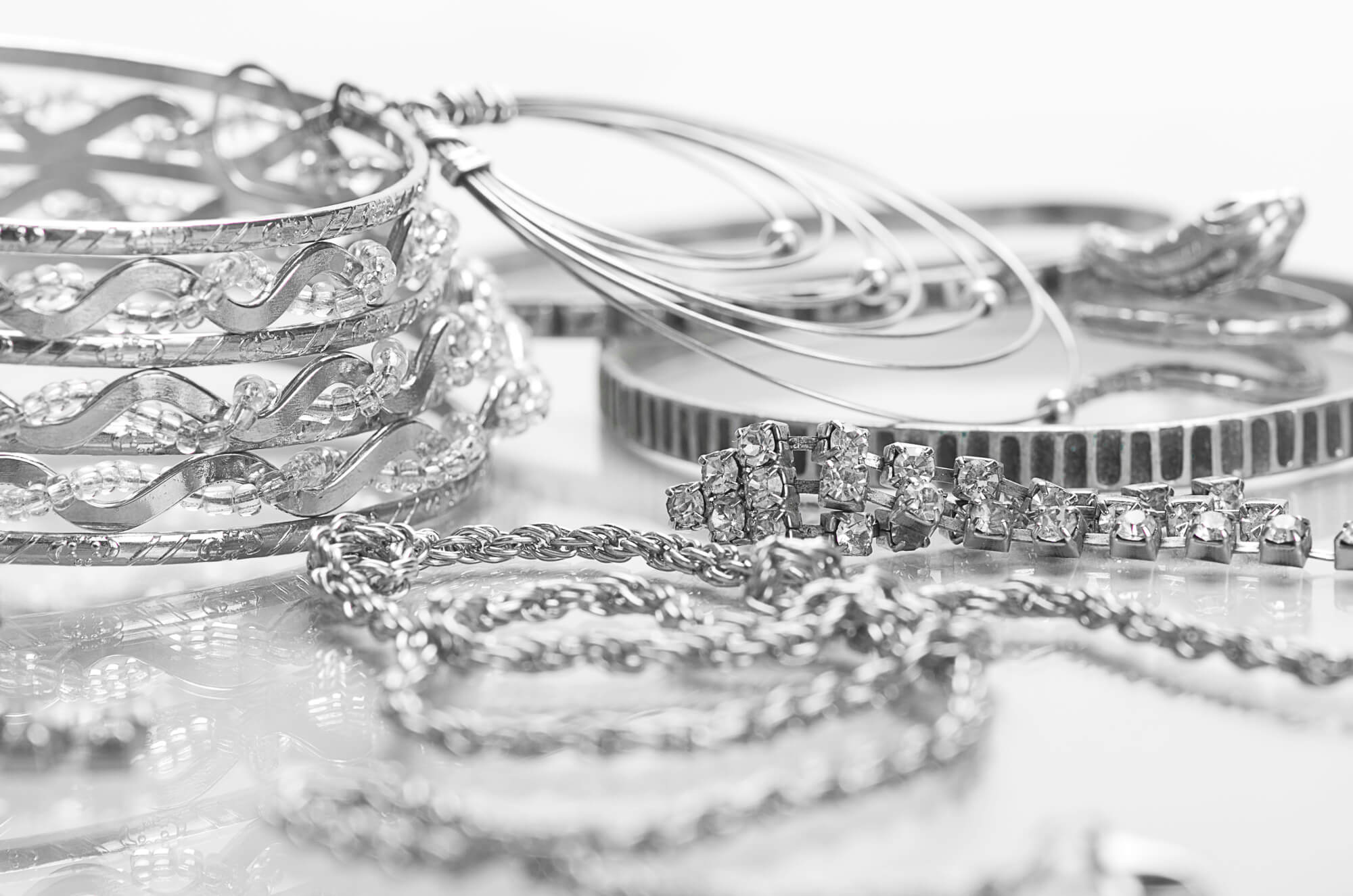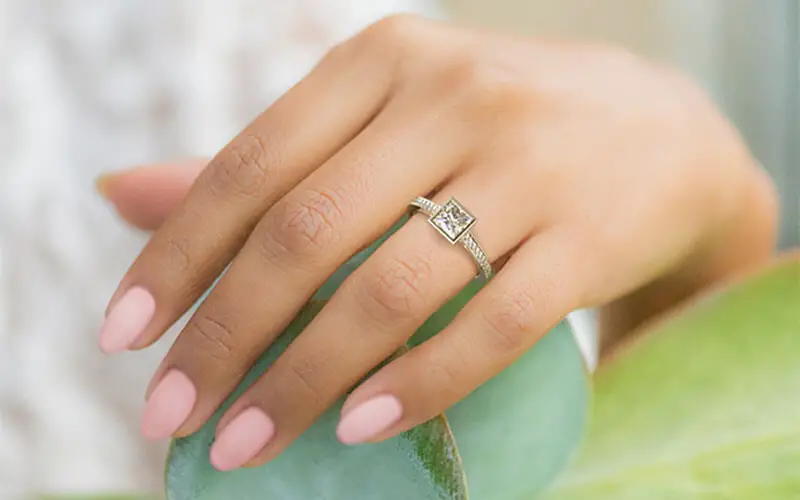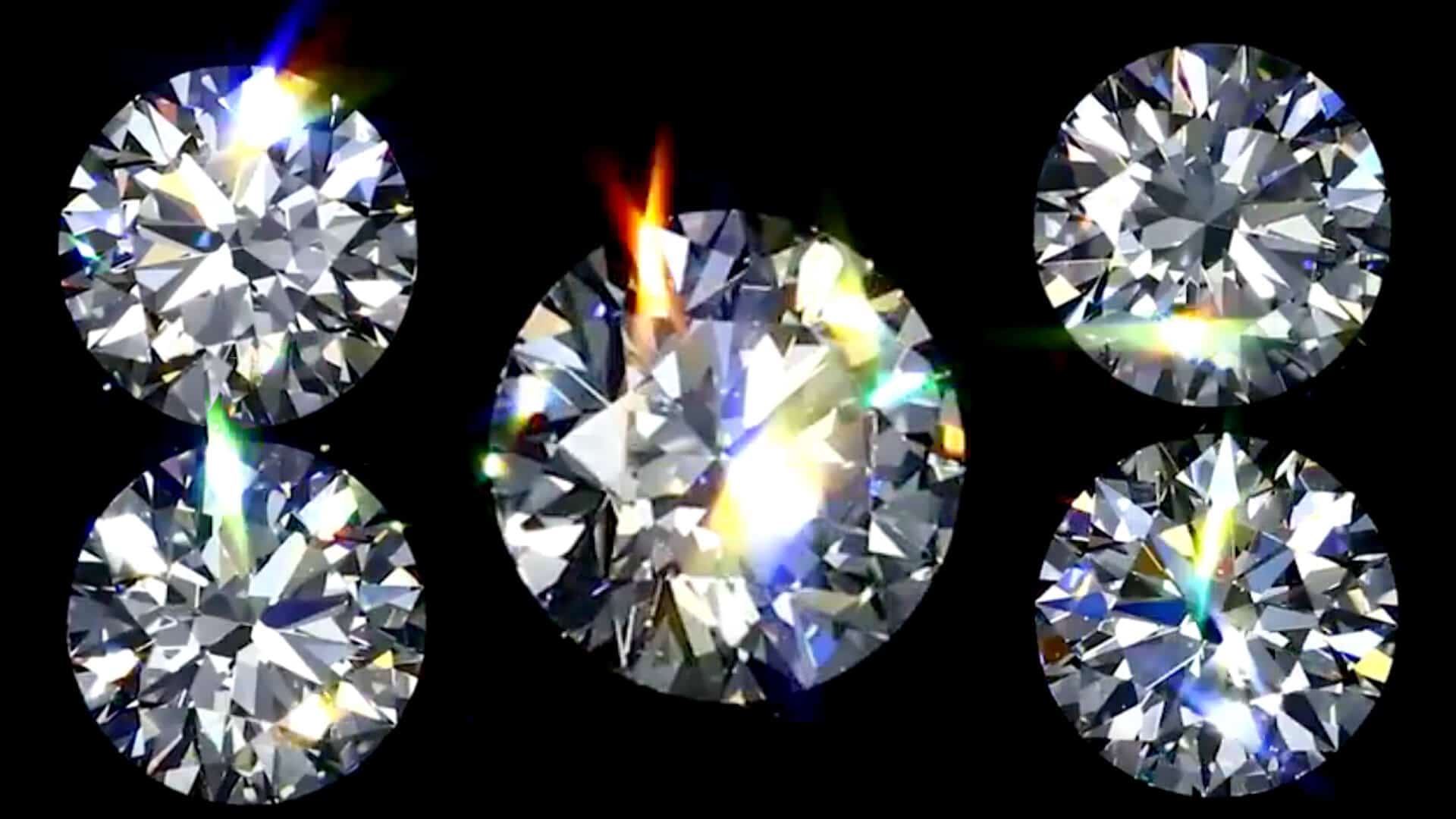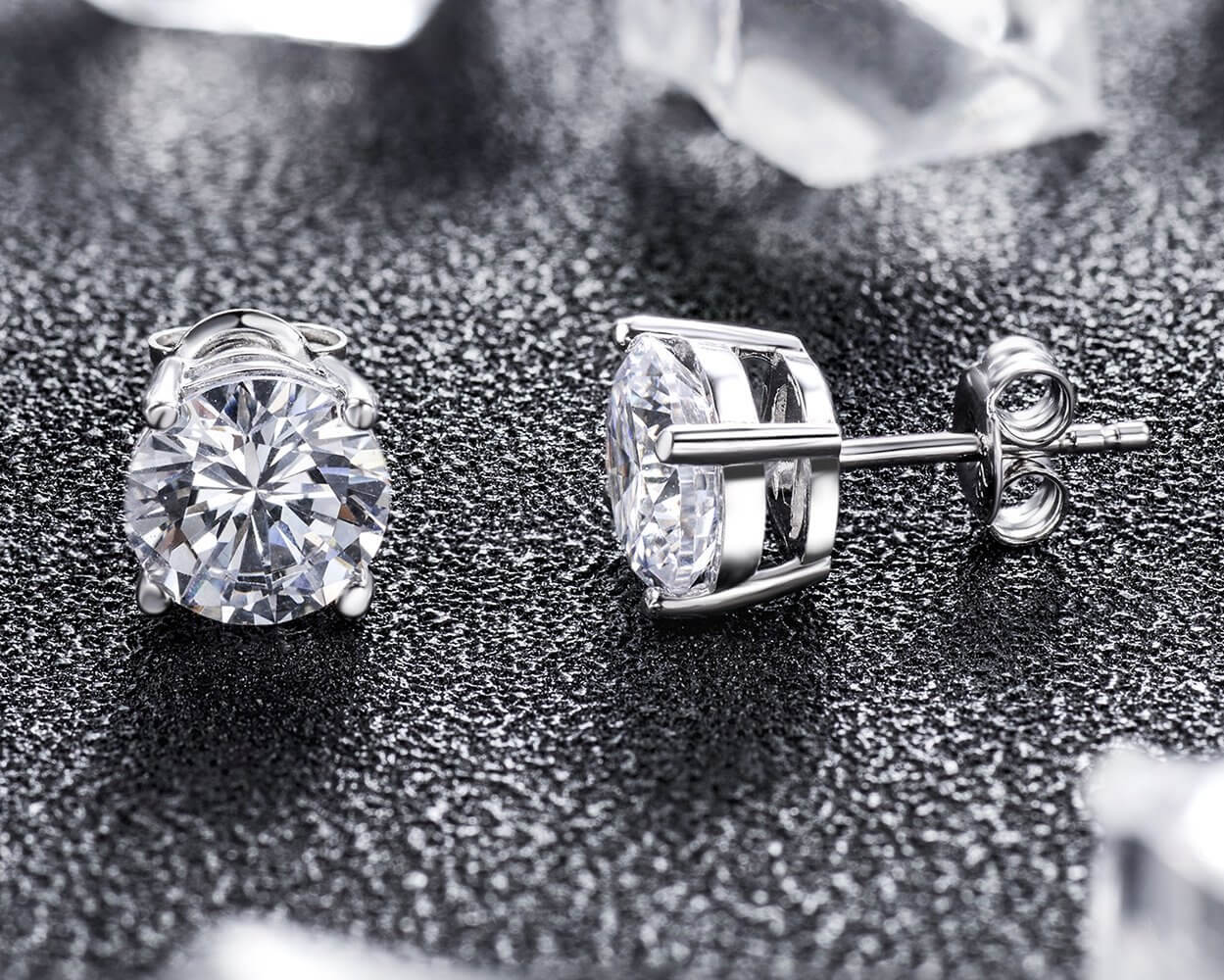What are Inclusions in Diamonds?
We are diamond experts. There are lots of factors to keep in mind when shopping for a diamond. You may have a style and price range in mind. But do you know about diamond inclusions
Diamond inclusions are flaws within the stone. They can detract from its beauty and value. There are countless types of inclusions. Inclusions can impact the appearance, structure, and price of the diamond.
Think of inclusions as a diamond’s birthmark. Some inclusions are visible to the naked eye. Some are only visible with magnification. Most diamonds have inclusions. Diamonds without inclusions are very rare.
Types of Diamond Inclusions
There are many types of diamond inclusions:
Pinpoint: This is the most common type of diamond inclusion. Pinpoints look like tiny black or white spots.
Feather: Feathers are small fractures in the stone. A diamond with many feathers can have low durability.
Graining: Graining looks like milky colored streaks. Strong graning makes diamonds look hazy.
Indented Natural: This is a rough part of the diamond that was not polished. Indented naturals are usually on the diamond’s girdle.
Bearding: This inclusion makes thin lines on the diamond’s girdle. Heavy bearding will create a gray and fuzzy appearance.
Knot: This flaw looks like a white or transparent crystal on the diamond.
Needle: These white or transparent inclusions resemble a thin needle.
Cloud: This type of inclusion is a cluster of pinpoints.
Crystal: Also called baby diamonds, these are mineral crystals in the diamond. Crystals can be colorless or have color from mineral like red from garnets.
Cavity: A diamond cavity is an opening in the diamond. Cavities can trap dirt, oil, and grime that darken the area. Cavities occur when an inclusion falls out during polishing.
Bruise: Bruises are a result of a sharp blow to the diamond’s surface. They can result from daily wear or the polishing process.
Twinning Wisps: Diamond (and inclusion) growth can stop because of poor conditions. When growth starts again, inclusions may grow in a new direction creating a twinning wisp.
Laser Drill Hole: This inclusion occurs when a laser drills a small tunnel in the diamond. While this treatment removes an imperfection, the tunnel remains but is not visible.
Do all Diamonds have Inclusions?
No, not all diamonds have inclusions. A diamond’s clarity grade reflects the severity of its inclusions. Clarity is part of the 4C’s of diamond grading. These grades help people make informed purchases.
Below are the clarity grades listed ranked from no inclusions (Flawless) to greatly included:
- Flawless (FL)
- Internally Flawless (IF)
- Very Very Slightly Included 1 (VVS1)
- Very Very Slightly Included 2 (VVS2)
- Very Slightly Included 1 (VS1)
- Very Slightly Included 2 (VS2)
- Slightly Included 1 (SI1)
- Slightly Included 2 (SI2)
- Included 1 (I1)
- Included 2 (I2)
- Included 3 (I3)
Flawless diamonds are scarce and expensive. The good news is that you can still buy an affordable and beautiful diamond with a lower clarity grade.
If you are shopping for a large diamond, we recommend buying a diamond with VS1 or VS2 clarity grades. Diamonds with these grades are eye-clean. Eye-clean diamond inclusions are not visible to the naked eye.
For small diamond jewelry, we recommend buying pieces with either a VS2, SI1, or SI2 clarity grade. On small diamonds, inclusions are less noticeable.
How do gemologists grade diamond inclusions?
Gemologists from diamond labs, like the GIA, follow guidelines to grade inclusions:
First Priority: Gemologists begin by looking at the size of each inclusion.
Second Priority: Gemologists note the number of visible inclusions.
Third Priority: Gemologists identify where the inclusions are on the diamond. Inclusions on the lower part of the diamond will have less of an impact on the clarity grade. A flaw on the table will have a stronger influence on clarity.
Fourth Priority: Gemologists decide if the inclusions are internal or external.
After analysis of each priority, gemologists determine a clarity grade.
How do diamond inclusions form?
As diamonds form beneath the earth, substances can become trapped and create inclusions. Inclusions can also form because of irregularities within the diamond’s structure.
Even lab-grown diamonds can have inclusions. These flaws can come from other substances or irregular growth patterns.
How are diamonds with inclusions priced?
Diamonds with strong clarity grades cost more. Yet, prices can vary between identical diamonds with the same clarity grade. A cheaper diamond may have a black spot on the center of its table. A more expensive diamond may not have such a visible flaw on its table.
It is important to remember that most inclusions are not visible to the naked eye. You do not need to worry about buying a diamond with the best clarity grade. Moving up or down one clarity grade may not be noticeable but can save you hundreds of dollars.
Bottom Line
When shopping for your next diamond, we recommend:
- Creating a practical balance among all the 4Cs.
- Buying VS1 and VS2 diamonds when unsure.
- Seeing the diamond in person or a clear picture.




